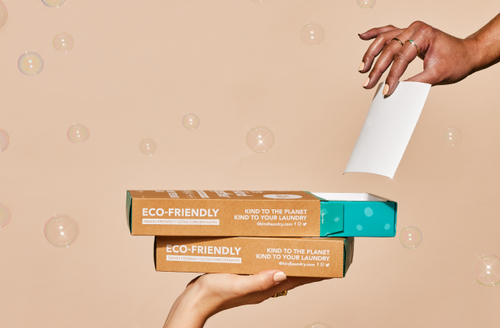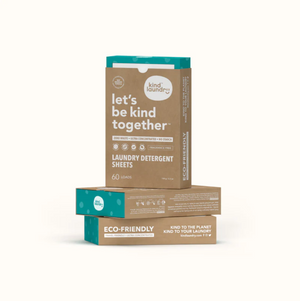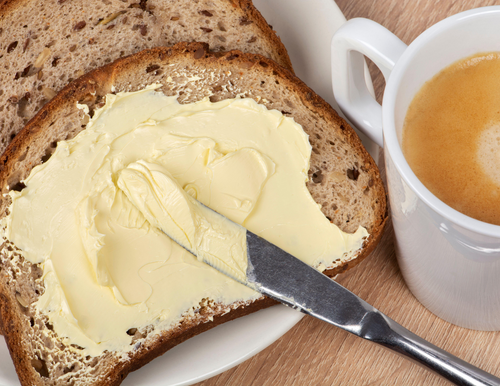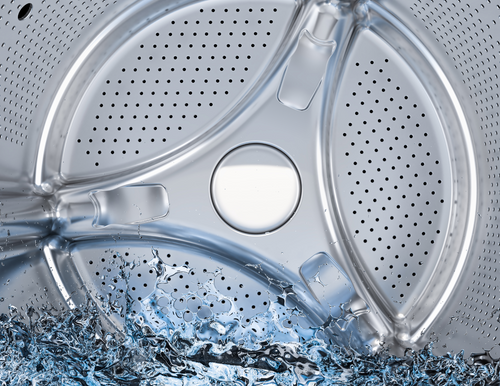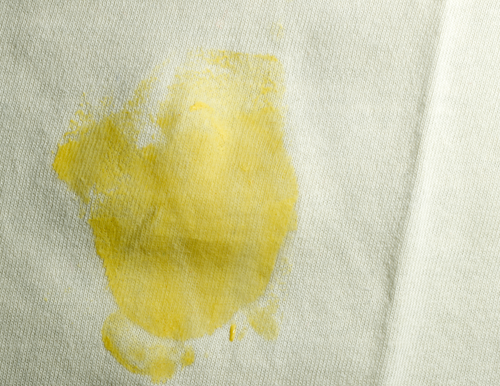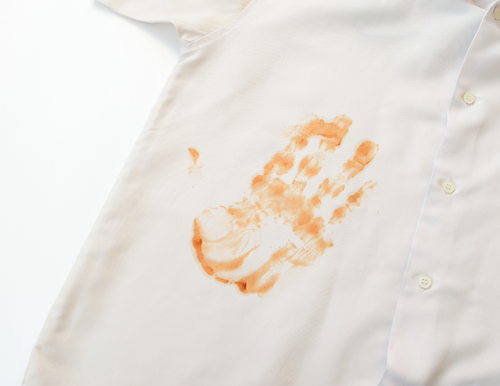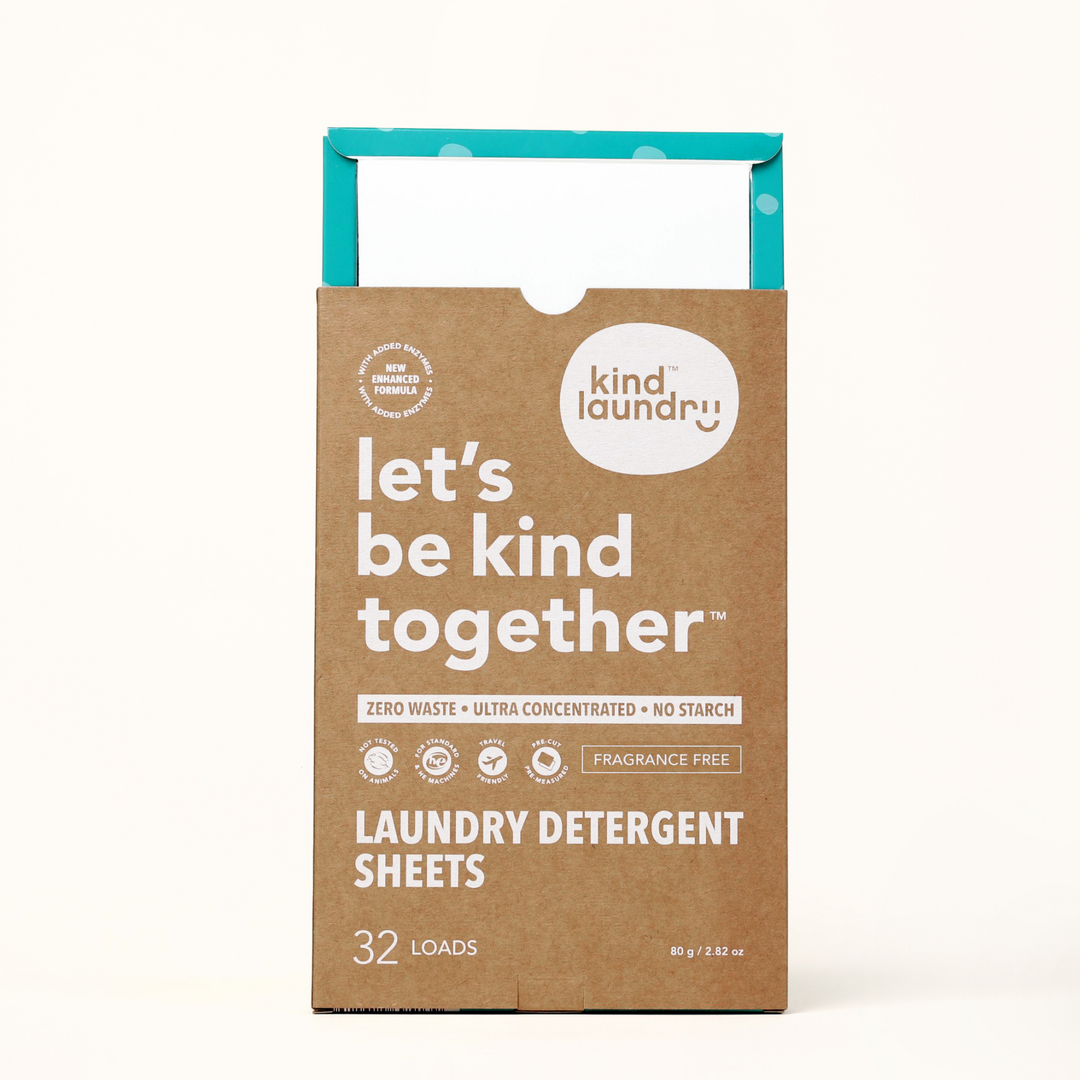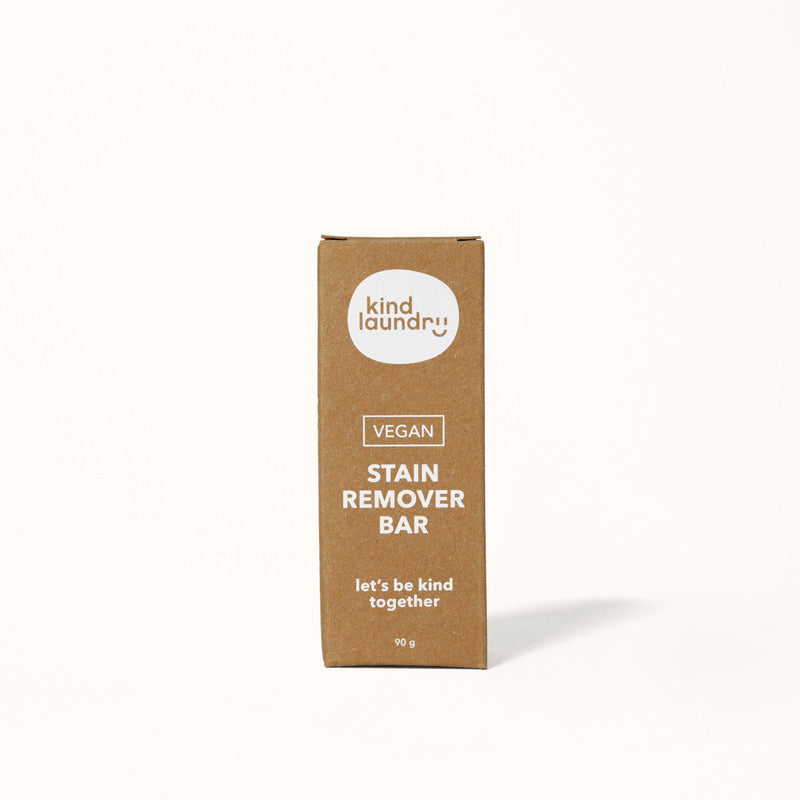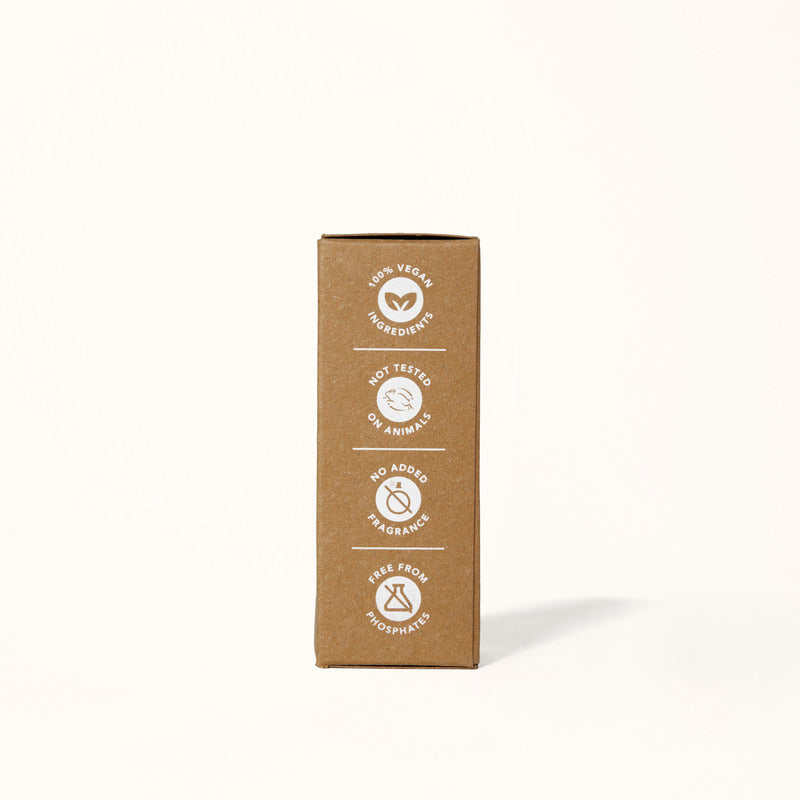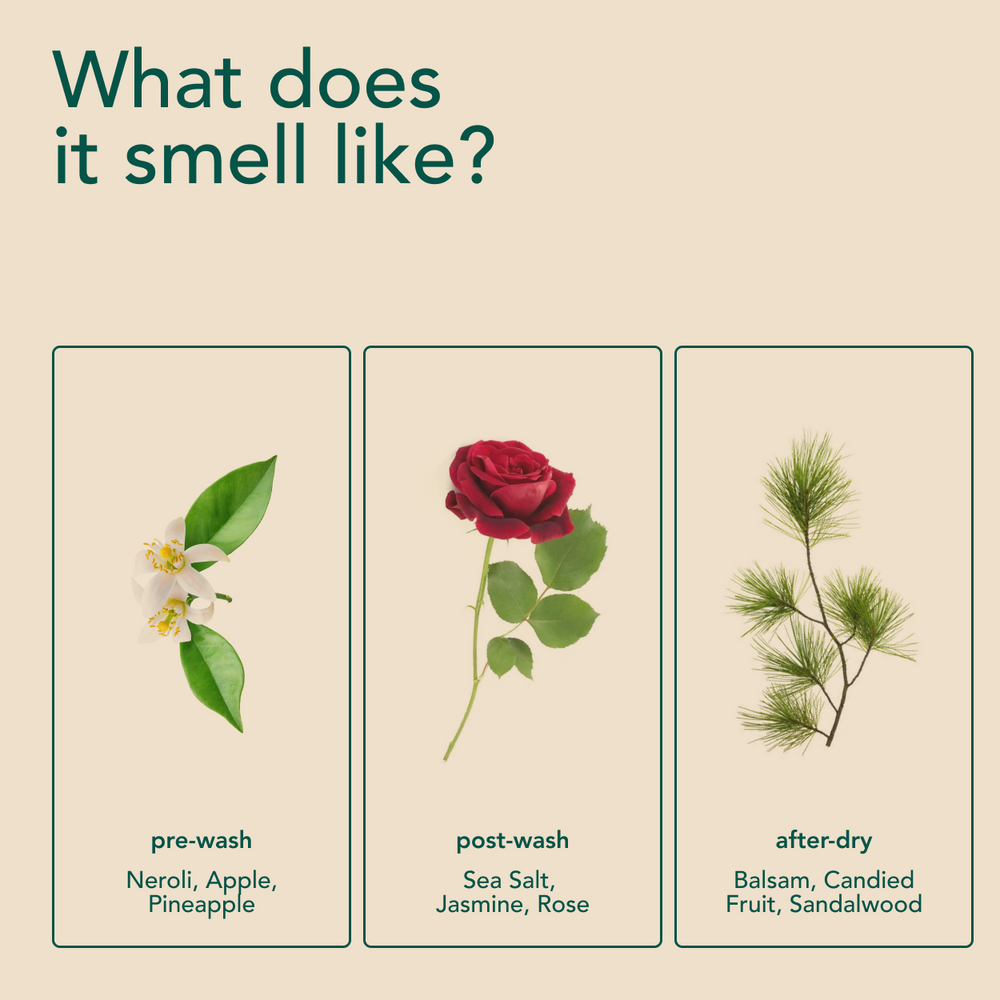Regular maintenance of your washing machine will help keep it performing optimally, helping ensure that your clothes stay clean too.
When we use the washer to get rid of a variety of tough stains – from removing coffee stains, tea stains, grass stains, hair dye stains and more – often grease, grime, bacteria, and other bits of dirt accumulate in your machine.
That’s why it’s useful to know where to look for signs that your machine needs cleaning, and how to clean your washing machine. In particular, you should know about how to clean mold from your washer.
In the article below we look at how to remove mold from washing machine – and more specifically, how to clean mold from different parts of your washer including from the seal, the drum, and the detergent dispenser. We also provide some useful tips on how to prevent a build-up of mold in your machine, to help keep it sanitary and to protect your clothes.
How to Remove Mold From Washing Machine Seal
Front load washers have many benefits, but their seals are a place where dirt and mold can get trapped.
If you have a front load washing machine, you may be searching for tips on how to clean mold from a front loading washing machine. The first thing to remember is that you’ll need to set a regular time aside for maintenance - specifically removing mold from the washing machine seals.
The rubber seals that are located at the front of the washer where the door opens into the gasket, have deep grooves where residue, grime, mold, and other dirt can accumulate.
When cleaning your washer’s seals, take caution not to use any undiluted acids, and to thoroughly wash down the seals after using anything like bleach or vinegar. That’s because the rubber seals can easily be damaged by acids.
Regularly cleaning your seals is one way to remove and prevent mold from building up in your machine. It’s also a good idea to wipe the seals dry after using them so that moisture doesn’t serve as a breeding ground for mold spores.
Here’s a step-by-step guide on cleaning your washing machine seal and how to get mold off washer rubber parts:
Step 1: Open your washer door and make sure the machine is empty of clothes.
Step 2: Pull back the seal to inspect how dirty it is. You may even find some missing items in there like hair clips, coins, or other items that came out of your clothes during a wash.
Step 3: Using a clean, non-abrasive, damp cloth – give the inside of the seal a gentle wipe to remove any residue and obvious build-up of mold.
You can add some soap to your cloth for cleaning purposes and you may need to use a toothbrush to gently scrub any areas with mold that is stubborn to remove.
Some people prefer to use a diluted bleach solution instead of soap for this step, but bleach can be dangerous to handle, has environmental impacts, and can also destroy the rubber seals if left on for too long or not diluted sufficiently.
An alternative to using bleach here, is to opt for a vinegar solution. Vinegar is a mild acid and is known for being a more natural choice compared with bleach.
Be very cautious never to mix bleach and vinegar as that can create a toxic and potential lethal gas!
When handling bleach and vinegar, take care and consider using gloves to protect your skin.
Step 4: If you use a bleach or vinegar solution to clean your washing machine seal, it’s a good idea to put your machine on an empty hot cycle afterwards to wash out all the bleach or vinegar. That’s because both bleach and vinegar can damage the rubber seals if they aren’t washed off completely.
Step 5: The final step in how to remove mold from a washing machine seal involves making sure all surfaces are dry. Once you’re done cleaning the seals, dry the entire surface with a dry cloth.
Extra tips: Once you’ve cleaned the seals, drum and soap dispenser, it’s important to make sure the machine is dry. Avoid adding any wet clothes to the machine. Always remove clothes that have been washed immediately.

How to Clean Mold Out of Washing Machine Drum
Mold is capable of growing anywhere in your washer, including your washing machine’s drum.
That’s why it’s not only important to clean the seals, but the drum too. You may think that because the drum is made from metal and is constantly being washed that it doesn’t need any cleaning. However, dirt, residue and mold can get trapped in the drum if it’s not cleaned regularly.
Even a drum that hasn’t been used in a while could be full of mold, particularly if you left the washer’s door closed and if you live somewhere that’s hot and humid.

Interested in learning about how to clean mold from front load washer gasket? Follow the steps below to clean your washer’s drum regularly and to avoid mold building up.
Step 1: Inspect the drum to see if there’s any visible dirt or grime that can be removed. If so, use a damp cloth to remove. If that doesn’t remove it, you can use a toothbrush and some detergent to gently scrub the area until it looks clean.
Some people prefer to use a bleach solution for cleaning the gasket, while others prefer something milder such as vinegar or baking soda. Never mix these ingredients. And always be sure to thoroughly wash these off as they can corrode your washer otherwise.
Step 2: Run an empty, hot wash cycle. You can add some vinegar to the dispenser tray to help flush the entire machine with this mild acid, but never mix bleach with vinegar as it can produce toxic fumes.
Step 3: Once the cycle has finished, be sure to wipe the gasket and seals dry so that there’s nowhere for mold to start growing. Don’t forget to also wipe the door dry, and to leave the door and dispenser tray open. In addition, you may want to use an air-conditioner or dehumidifier to keep the moisture content in the room low.
How to Remove Mold From Detergent Dispenser
If you’re looking at how to get rid of mold in the washing machine, don’t overlook the detergent dispenser.
It’s easy to forget about cleaning your washing machine’s detergent dispenser, as it's usually closed and you therefore might not have thought to clean it. However, even your washer’s detergent dispenser can build up with mold, particularly as detergent and softener can build up in the dispenser over time and become a trap for mold.
Once you’ve figured out how to remove the drawers, it’s actually quite easy and straightforward to clean them. Follow the step-by-step instructions below to learn about removing mold from your detergent dispenser.
Step 1: Read the washing machine instruction manual to learn how to remove your detergent dispenser drawers. Next, remove the drawers so that you can wash them.
Step 2: First, rinse the dispenser drawers under hot running water so that you wash off any excess detergent or grime.
Step 3: Fill a sink or container with warm soapy water and soak your drawers in there for about 10 minutes. If there’s obvious signs of mold and dirt, then you may want to use something stronger than detergent to clean them. While many people like to use a diluted bleach solution, a more natural alternative is to use diluted vinegar. This can help to thoroughly get rid of the mold, using a cloth and being mindful of wearing gloves to protect your hands.
Step 4: In addition to cleaning the drawers, also check to see if the place you removed the drawers from needs cleaning. Often there is a buildup of mold there too. Use a soapy cloth to wipe it clean.
Step 5: Once you’ve thoroughly cleaned the dispenser, fit it back into place. Then, put your washer on a short, hot cycle without any laundry inside, so that the dispensers get flushed out.
How to Prevent Mold in a Washing Machine
Mold is a fungus and can create bad odors that attach to your washing. Its spores can leave stains on clothes.
It’s important to prevent mold from building up in your washing machine so that you keep it operating effectively and efficiently. Plus it’s more hygienic.
Have you been searching for remedies on how to remove mold from washing machine? To do this, you’ll need to clean your machine regularly - once a week or once a month, depending on how often it’s used.
Read our useful guide on how to clean your washing machine, which discusses a range of different types of dirt, not just mold.
Below are some useful tips about preventing mold in a washing machine by using the correct quantity of detergent, by avoiding fabric softeners, leaving the door open for the machine to air, and wiping the door down regularly.
Plus, you'll learn why it’s important to improve ventilation and reduce humidity in the machine, and how to run a self-cleaning cycle to get rid of mold.
Use the Correct Amount of Detergent
Using too much detergent is one of the reasons why mold can build up in your washer. The residue from the detergent can get trapped in crevices in your washing machine. That residue then becomes a substance that mold can attach to and build up with time.
Instead, it’s better to use the correct amount of detergent with each wash load. One way to ensure that you only use what you actually need, is to use laundry detergent sheets which come pre-designed with the correct amount of detergent in them.
Skip Fabric Softeners
Skip using fabric softeners to keep your machine from getting clogged and having mold spores build up and replicate.
A more natural alternative to using a softener, is to use vinegar. Distilled white vinegar can be added to your detergent dispenser to help make your clothes softer and fresher smelling. AS a mild acid, it also helps to kill mold and prevent mold from building up and spreading within your machine.
However be very careful to avoid using vinegar in combination with bleach, or even a laundry detergent that contains bleach, as that can cause a toxic and potentially lethal gas to form.

Leave the Door and Tray Open
Did you know that if you close your laundry machine’s door after a wash load has been removed, that the moisture and heat trapped inside the drum can then create the perfect breeding environment for mold and mildew?
It’s therefore important to always leave your washer’s door open so that air can flow throughout, helping moisture to escape.
Likewise, it’s important to remove any wet clothes immediately so that moisture doesn’t encourage the growth of mold or bacteria.
Remember to leave the detergent tray open after use. Hot water enters the trays and if you leave them closed after use then the warmth and humidity can encourage the growth of mold and bacteria.
Dry the Door Seal Gasket
It’s not just how to remove mold from a washing machine door seal that you need to worry about to keep your washer performing optimally.
Keeping your washer’s door, seal and gasket dry is another way to stop mold from building up in your machine.
After running a wash load, remove it immediately from your machine, and then dry the door, seals, and gasket with a clean, dry cloth.
Wipe Down the Door
To keep your washing machine looking clean on the outside too, it’s a good idea to wipe down the door regularly. This also helps to remove any mold or dirt, and to remove moisture that could be a breeding ground for mold spores.
Take a clean, dry and soft brush to gently dry the outside of the washer after use.
Improve Ventilation and Reduce Humidity
As mentioned above, a lack of air circulation and high humidity levels can encourage mold and bacteria to grow in your washer. That’s why it’s necessary to take steps to encourage and enhance ventilation, and to reduce humidity.
Another step you can take to keep your machine in tip-top condition is to use an air-conditioner in your laundry room to encourage air flow and to keep the washer dry. This may be particularly important if you live in an area that is prone to high humidity, or if your washer is somewhere that gets humid and lacks access to outdoor air.
Another alternative is to use a dehumidifier in your washing room, to draw excess moisture from the air.
Run the Self-Cleaning Cycle
Read the manual to see if your washer has a self-cleaning cycle. Often, this is a hot wash that runs without any clothing inside,
Running a self-cleaning cycle regularly can help your machine stay in optimal condition, so that it functions efficiently. It also helps remove any buildup of residues and grime that can trap mold spores.
Some people like to add some vinegar in the detergent tray when putting the washer on a self-cleaning cycle to help flush out any dirt or germs with a mild acid. Others prefer to use a bleach solution to stop mold from growing in the machine.
If you have a front load washer, make sure that your fan is working and that the dryer vent is not blocked.
Once you’ve ticked off all of the above, you should be quite knowledgeable about how to clean mold from laundry machine.
